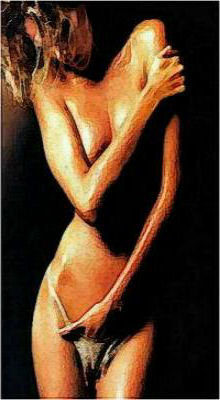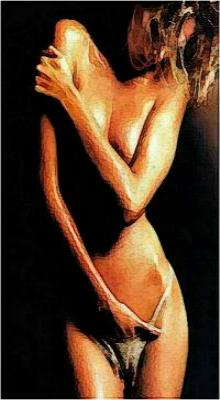
Emily Dickinson was born the middle child in a prominent Amherst, Massachusetts family on December 10th 1830 and passed away on May 15, 1886. Sadly, only a smattering of her poems was published in her lifetime. The body of her work was discovered posthumously by her sister Lavina, bound in hand-stitched pamphlets. However, Emily Dickinson is considered to be one of America’s greatest poets. The mystique which surrounds her life has made her and her poetry a subject of scholarly research for decades. However, the appeal of Emily Dickinson is truly in the simplicity of her life and sincerity of which her poetry was written.
Dickinson’s poetry has a disarming innocence, a childlike quality which might even exhibit an underlying desire to remain a child. However, it is equally as disciplined as her childhood was. Her verses, although eccentric are quite structured; her punctuations, although perplexing are consistent. However, her imagery is soft yet vivid, her words are gentle yet profound, and her rhyme and meter are lyrical yet arrhythmic. Consequently, this it is an example of how a child might write. Moreover, it’s better example of how Emily might have written were she still a child.
As a child, Emily’s bedroom window overlooked the West Street Cemetery. This may well be where she first became fixated with death. In any case, at the age of fourteen, she was traumatized by the death of a second cousin. She fell into a severe state of melancholia and was sent to stay with family in Boston to recover. Merely a year later, at the age of fifteen Emily attended a religious revival and professed to having been profoundly moved by the experience. However, the spiritual revitalization didn’t last. She only attended church for a few years and never declared her faith formally.
Nevertheless, Emily Dickinson is often considered to be a transcendental poet, even a spiritually-devout poet. However, her themes are often agnostic in nature and she frequently explores the existence of a higher power and the mystery of the afterlife. As a result, her poetry often delves into the aptitude of Death itself. Although the ideal of this might strike some as frightening, she does no more than exemplify my own reservations. However, the tone of which Dickinson examines mortality is somewhat anesthetic, if not even peaceful. To that effect, I find her expositions of death and the afterlife quite comforting.
Even though a poem like “I Heard a Fly Buzz When I Died” might send chills up your spine, there is something serene about the way the poet accepts Death. When I read “I Died for Beauty, but was Scarce” I am comforted by the thought that whatever loneliness I may feel now won’t be compounded in the afterlife. Might the poem “My life closed twice before its close” fill me with a tenderness of despair, “A Certain Slant of Light” fills me with the exhilaration of hope by using the beauty of nature. Consequently, I want to believe that there is something more beyond this mortal coil.
Emily Dickinson has often been described as a heartbroken introvert, possibly suffering from agoraphobia, or simply an ascetic. Regardless, her poetry radiates with sensitivity and honesty and has a vulnerability which much of the poetry of the time and even the present day lacks. For whatever reason she chose to seek solace in solitude, there is no harm in being human. She might have been anxiously aware of her mortality—so am I. She might have been contemplative about the existence of God—so am I. However, the one thing Emily Dickinson’s poetry does more than anything else—is give me hope.




















